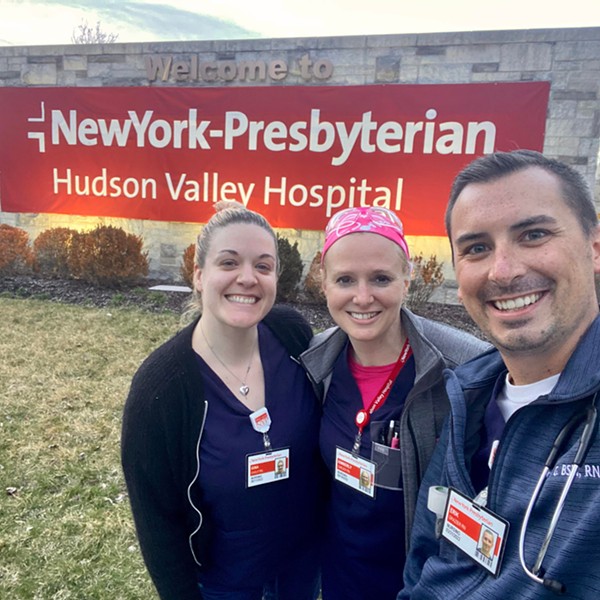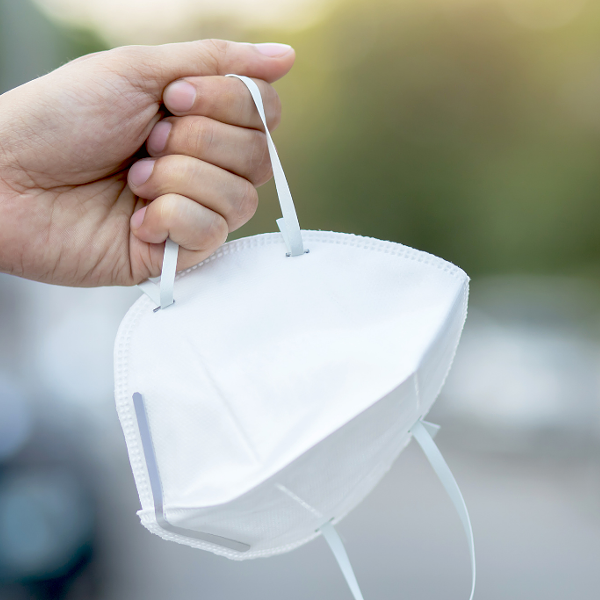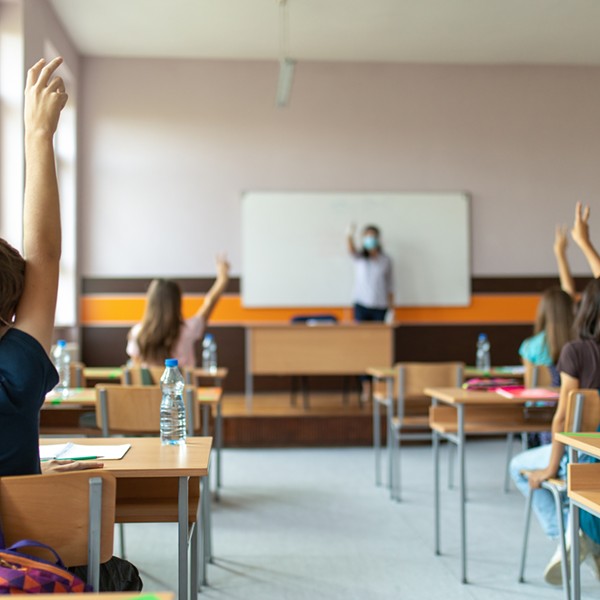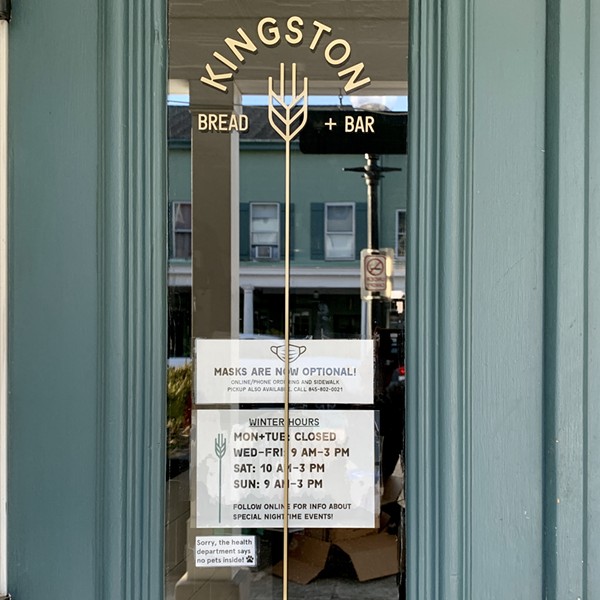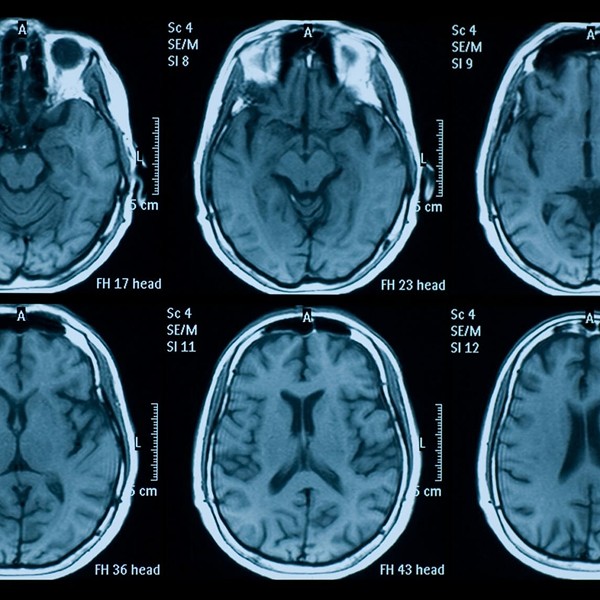This is a roundup of coronavirus news and announcements from New York State and Hudson Valley and Catskills counties for Tuesday, September 8 and Wednesday, September 9.
NEW YORK STATE
441,154 cases confirmed (576 new)
8,976,165 tests performed (63,230 new)
Positive test rate: 0.91%
25,370 deaths (3 new)
463 current hospitalizations
121 current ICU admissions
New York State coronavirus page
New York State official pressroom
Hotline: (888) 364-3065
Winter is coming—and with it, a surge in COVID-19 infections, disease experts warn. It’s not just the effect of temperature on viral transmission: The fall brings with it a return to school, a potential venue for “superspreader” outbreaks, and also a return to people spending more time indoors, a far riskier environment for transmission. “My feeling is that there is a wave coming, and it’s not so much whether it’s coming but how big is it going to be,” Johns Hopkins epidemiologist Eili Klein tells the Washington Post. In case it’s useful: Wired had a feature in August on how to make a cheap, surprisingly effective indoor air purifier from a MERV filter taped to a box fan. This isn’t rigorous science, so don’t rely on it to make your living room safe for distance-free parties, but if you have to be indoors with other people anyway, it can’t hurt.
Just in time for things to get worse: New York City finally got clearance from Governor Andrew Cuomo to resume indoor dining on September 30, although city restaurants will be subject to intense restrictions that were not imposed on their peers upstate. Restaurants must stay below a 25 percent occupancy limit, do temperature checks on patrons, collect information for contact tracing, and close by midnight, among a laundry list of other safety guidelines. If the infection rate stays low through November 1, city restaurants will be allowed to move to 50 percent capacity, Cuomo said Wednesday. The state has also launched a tip line for patrons to report violations. There’s a public health reason the state is being almost cartoonishly cautious about reopening indoor dining in the city: Eating indoors is a risky activity, and a now-famous report from early in the outbreak in Guangzhou, China, found that a single COVID-19-positive diner infected nine people at three separate tables through air flow through the restaurant’s air conditioning system.
As promised last week, Cuomo launched a new “Report Card” school district testing dashboard on the state website with some fanfare. But as of Wednesday night, the dashboard had no data on it yet. That’s not too surprising: Superintendents didn’t get much notice. A WNYT reporter tweeted a photo of the letter sent by the state Department of Health to a local superintendent announcing the new requirements for schools and local health departments to report detailed testing data. It was dated Tuesday, September 8.
The New York State United Teachers Union, one of the largest unions in New York State, is preparing to sue the state for withholding 20 percent of state aid for school funding, State of Politics reports.
Last week, news broke that top vaccine makers were planning a joint statement pledging not to rush vaccine safety testing for political reasons. The joint statement was released Tuesday, and signed by executives from nine drug companies: AstraZeneca, Johnson & Johnson, Merck, Moderna, Novavax, Pfizer, BioNTech, Sanofi, and GlaxoSmithKline.
Also breaking Tuesday: News that AstraZeneca, the company working with researchers at the University of Oxford on a front-running vaccine candidate, has paused its ongoing Phase 3 trials because of a possible “adverse reaction” in a study participant. While the news might sound alarming, this is exactly how the system is supposed to work: If researchers suspect a vaccine might possibly have injured a study participant, the whole study is put on hold so the safety data can be reviewed before proceeding. STAT News reports that the patient had neurological symptoms but is expected to recover. National Institutes of Health director Francis Collins told the US Senate on Wednesday that this is a normal part of the vaccine development process: “In any large-scale trial where you have tens of thousands of people invested in taking part, some of them may get ill and you always have to try to figure out: Is that because of the vaccine, or were they going to get that illness anyway?”
STAT News also checked in this week on Operation Warp Speed with a status report on the ambitious US federal push to accelerate the development of COVID-19 vaccines, treatments, and diagnostics. The initiative is moving full steam ahead on vaccine research, the report says, but its impact on treatment and testing have lagged behind.
The positive test rate for New York State is still below one percent, a streak of 33 straight days of sub-one-percent infection rates. But Cuomo said Wednesday he won’t be surprised if it climbs as the fall sets in. “We expect the infection rate to increase somewhat because of that increased activity, more people at work, more schools, more restaurants, more people on the street.”
Wednesday’s most explosive piece of pandemic news was an old one: Journalism legend Bob Woodward’s new book revealed that President Donald Trump knew way back in early February how dangerous the novel coronavirus is, even while he was downplaying its seriousness in public. “You just breathe the air and that’s how it’s passed,” Trump told Woodward in a taped phone call on February 7. “And so that’s a very tricky one. That’s a very delicate one. It’s also more deadly than even your strenuous flus.” In a later interview, Trump told Woodward he deliberately minimized the danger of the virus to the public. “I wanted to always play it down,” he said. There was plenty of public outrage to go around about the president’s comments, but Woodward himself came in for some sharp criticism for sitting on evidence for seven months that Trump misled the public about the true danger. Washington Post media columnist Margaret Sullivan talked to Woodward about his decision to save the material for his book, and heard him out, but came down on the side of disclosure: “The chance—even if it’s a slim chance—that those revelations could have saved lives is a powerful argument against waiting this long,” she wrote.
Another revelation previously hidden under a veil of secrecy in the White House: Reports made throughout the pandemic by the White House Coronavirus Task Force to state governments, which have been kept under wraps from the public but were recently unearthed by the Center for Public Integrity. The reports made public so far paint a picture of a federal government that was warning states of impending disaster while publicly downplaying the risk of COVID-19.
The Atlantic’s Ed Yong has a new feature out on why we make dumb cognitive mistakes about COVID-19, individually and collectively. Read it to feel smarter, and hopefully to make better decisions.
A study from San Diego State researchers, which looked at cell phone data on how people traveled and where outbreaks later developed, claims that almost 20 percent of current US cases may be connected to the 460,000-person Sturgis Motorcycle Rally held in South Dakota last month. State officials are skeptical, and so are a lot of experts: We’ll just note that the study was a pre-print, and has not been peer reviewed.
New York State launched a new program to help renters stay afloat back in July. It stopped accepting applications a month ago. So where’s the money? The Times Union reports that it’s unclear whether any of the $100 million earmarked for helping pandemic-distressed New Yorkers pay their rent has actually been distributed.
Getting a young child tested for COVID-19 is surprisingly hard, New York Times blog TheUpshot reports. Many clinics don’t offer tests to children, especially younger ones, and with school reopenings at hand, it’s becoming a critical issue.
College outbreaks continue to be a major driver of the pandemic in New York State and around the nation. At SUNY Oneonta, home to the largest of New York State’s college outbreaks, student cases were up to 696 on Wednesday night. Decisions to close heavily infected universities and send possibly infected students home have been roundly criticized by experts and laypeople alike, from top infection doctor Anthony Fauci to students rolling their eyes at their own administrators. One student who’s staying put on campus, for now: 18-year-old SUNY Oneonta freshman Amanda Muro, living in an isolation dorm so as not to infect her family and community on Long Island. Newsday interviewed Muro and her family about the experience. “I wouldn’t wish this on anybody,” she said.
LoHud.com took a closer look last week at the “SWAT teams” and rapid tests deployed by New York State in the Oneonta community. New York State has purchased about 200 “ID NOW” rapid testing machines from manufacturer Abbott; 50 of them were deployed to Oneonta, along with 71 state contact tracers. The rapid tests are slightly less accurate than lab-based PCR testing, but because they return results so quickly, they can be much more useful in identifying and isolating cases before they can spread.
New York State also bought some new COVID-19-testing toys recently for SUNY Upstate Medical University, which is leading the 64-campus effort to conduct surveillance testing across the SUNY system.
The fate of fall high school sports will be decided Thursday when the Section 9 committee meets via Zoom to discuss when or if football, soccer, field hockey, and other autumnal athletics will resume.
Congressman Antonio Delgado visited the little Schoharie County village of Middleburgh on Wednesday to meet with local business owners and elected officials and to stump for federal relief for small businesses—a prospect that is looking increasingly dim, Politico reports.
By the way, Middleburgh is having a village election on September 15. So are other New York State villages, where elections were originally scheduled for March before being delayed twice by executive order because of the pandemic. If you live in a village, check with your local village board for details on how and where to vote, and whether your village is offering early voting before September 15.
Announced by New York State on Tuesday and Wednesday:
- New York State will release $88 million in additional childcare funding, Cuomo announced in a briefing on Wednesday.
- Four states were added on Tuesday to New York’s quarantine list: Delaware, Maryland, Ohio, and West Virginia. Puerto Rico and the US Virgin Islands were removed. The full list of states and areas from which all travelers to New York State must quarantine for 14 days: Alaska, Alabama, Arkansas, California, Delaware, Florida, Georgia, Guam, Hawaii, Iowa, Idaho, Illinois, Indiana, Kansas, Kentucky, Louisiana, Maryland, Minnesota, Missouri, Mississippi, Montana, North Carolina, North Dakota, Nebraska, Nevada, Ohio, Oklahoma, South Carolina, South Dakota, Tennessee, Texas, Utah, Virginia, Wisconsin, and West Virginia.
- Cuomo announced Tuesday that the state will launch a new campaign to raise public awareness of expanded voting options for the upcoming November election. (By the way, check out The River’s local voting guide, which seeks to do much the same thing, but lovingly tailored to the Hudson Valley and Catskills region.)
- On Wednesday, the state Department of Health issued updated guidance on visitation in adult nursing homes and pediatric skilled nursing facilities. The new guidelines reduce the period a facility must be COVID-19-free before allowing visitors from 28 days to 14 days; 13WHAM in Rochester has more.
Since mid-May, The River has been collecting and charting data on the number of active COVID-19 cases by county in the Hudson Valley and Catskills. Below is a Flourish animation we have compiled that shows the rate of active cases per 10,000 residents for each county over time, from May 12 through the present date.
LOWER HUDSON VALLEY
County coronavirus pages: Rockland, Westchester, Putnam
University coronavirus pages: Sarah Lawrence, Iona, SUNY Purchase, Manhattanville, Westchester Community College, Rockland Community College, Dominican, Mercy
Monday’s COVID-19 testing results for Rockland County, released Tuesday, showed a 4.16 percent positive rate, well above the state’s 0.96 percent positive rate that day. Sunday’s positive rate was 3.6 percent. LoHud.com asks: Is that a trend or an anomaly?
Reopening schools presents communities with a far more profound challenge than questions about whether to reopen things like public parks and golf courses, and officials need to handle it very carefully, Westchester County Executive George Latimer said in a Tuesday COVID-19 briefing. “Yonkers has 27,000 schoolchildren. New Rochelle has 11,000 schoolchildren. These are numbers that dwarf anything we would ever have at a golf course or a beach. In many communities, the school-age population represents anywhere from a quarter to a third of all the residents of the community.”
Westchester County is expanding its Domestic Violence High Risk Team, a crisis intervention team that provides immediate support and services to families facing abuse at home. At the heart of the expansion: a Lethality Assessment Program and a 24-hour hotline staffed by Westchester Medical Center. The expanded team will incorporate the Northern Westchester Domestic Violence High Risk Team, which operates in several north county communities.
Despite their differences on most political issues, lower Hudson Valley state lawmakers were mostly in agreement last week on measures related to COVID-19. The Highlands Current has a breakdown of how Republican Sue Serino (whose state Senate district includes the Highlands), Democrat Sandy Galef (whose Assembly district includes Philipstown), and Democrat Jonathan Jacobson (whose Assembly district includes Beacon) voted on COVID-related bills recently signed into law.
MID-HUDSON VALLEY
County coronavirus pages: Orange, Dutchess, Ulster, Columbia
University coronavirus page: Bard, Vassar, Marist, SUNY New Paltz, SUNY Ulster, Columbia-Greene Community College, SUNY Orange
Ulster County is expanding its child care coverage as part of Project Resilience. County Executive Pat Ryan announced Tuesday that the county will utilize $200,000 to expand existing programs provided by the county and give families the ability to participate in school-age children programs throughout Ulster County.
Ryan also announced Wednesday that more than 2,000 Ulster County residents have recovered from COVID-19 since the pandemic began.
SUNY New Paltz reported Tuesday that one off-campus student has tested positive for COVID-19. There are currently two active student cases on campus.
The office of State Senator Jen Metzger will distribute free cloth face coverings and hand sanitizer to community members in Middletown on Thursday, September 10, from 3-5pm at the parking lot of Senator Metzger’s Middletown office at 90 North Street. The event will be held in partnership with the US Census Bureau, so that local residents can fill out their 2020 census.
September 11 remembrance ceremonies across the region are being scaled back or canceled. The Daily Freeman has a round up of what to expect for ceremonies this Friday in Ulster and Dutchess counties.
CATSKILLS
County coronavirus pages: Sullivan, Delaware, Greene, Schoharie
University coronavirus pages: SUNY Cobleskill, SUNY Delhi, SUNY Sullivan
Resorts World Catskills in Monticello reopened today, after being shuttered by state executive order since March. “I’m losing, but I’m having fun,” Middletown resident Kim Terrell told Spectrum News.
Sullivan County officials posted a release on Tuesday reminding residents that they can apply for public assistance online. Residents can also use a state smartphone app called NYDocSubmit to take pictures of documents required for applying for benefits such as heating assistance (HEAP) or food stamps (SNAP), and upload them to the county Department of Family Services, instead of physically bringing documents to the office.
Public wifi hotspots, flexible schedules, lessons on thumb drives: School districts in Sullivan County are pursuing all sorts of strategies to help students with no reliable internet access, the Sullivan County Democrat reports. In other local educational news, SUNY Sullivan is adapting to the pandemic, and helping its students adapt, too, a process that has included the college distributing $519,000 in federal CARES Act funding directly to students who were struggling because of the pandemic. The Democrat takes a look this week at how the college has coped with the new reality.
A local gift card program designed to help businesses in Catskill stay on their feet during the pandemic helped 41 businesses and brought in more than $10,000 in sales before it ended on July 1, the Catskill Daily Mail reports.
The office of State Senator Jen Metzger will distribute free cloth face coverings and hand sanitizer to community members in Sullivan County on Sunday, September 13. The first distribution will be from 11am to 1pm at Ethelbert B. Crawford Public Library Plaza (479 Broadway, Monticello). The second will be from 1:30pm to 3:30 pm outside Senator Metzger’s Liberty office at 59 North Main Street. Both events will be held in partnership with the US Census Bureau so that local residents can fill out their 2020 census.
On-the-ground local reporting and analysis has never been more important, and that’s what The River aims to provide. But we need your help to continue the work we’re doing. Will you support our journalism today?
OF INTEREST?The River has a guide on where, how, and when to get tested for the coronavirus in the Hudson Valley and Catskills. To read more of our coronavirus coverage, visit our coronavirus page.
The River is collaborating with WGXC to announce these updates over the air. To listen, tune in to 90.7 FM at midnight, 5am, 7am, or 9am, or visit the audio archive online.
La Voz, una revista de cultura y noticias del Valle de Hudson en español, está traduciendo estos resúmenes y co-publicandolos en su página web. Leyendo aqui. También puede escuchar actualizaciones diarias por audio en el show “La Voz con Mariel Fiori” en Radio Kingston.











